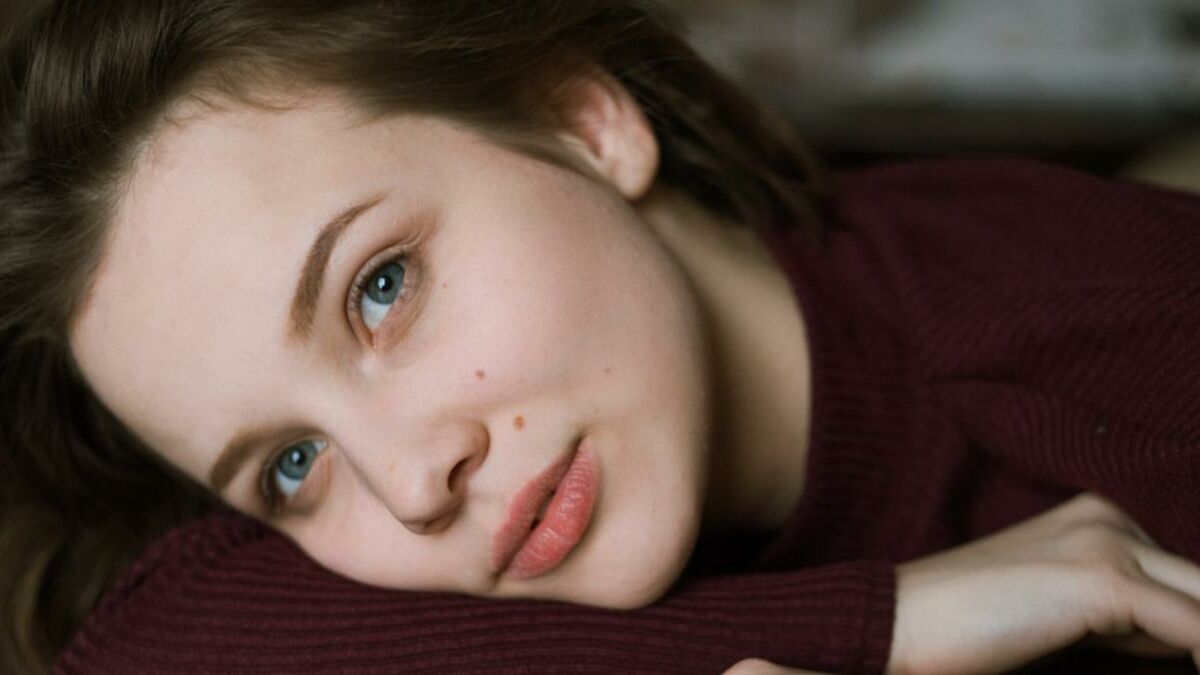Beauty spots are not to be confused or confused with freckles or birthmarks. They are usually associated with a dark spot on the skin. They have historically been considered a sign of beauty and highlighted an area on the skin, such as the cheek-brows, close to the mouth or the chin. The beauty spot is placed, artificially or naturally, to enhance the natural beauty of the person and make them more attractive, sexually desireable, and therefore more beautiful.
Evolution of Beauty Spots
The evolution of beauty spots is closely linked to fashion history and makeup. The beauty spot was originally artificially covered with patches and paint. Ovid’s love manual, the Ars Amatoria (or the Ars Amatoria), assured Roman women that they didn’t have to be ugly. They could also remove freckles by using mercury to scrub the skin. However, you could use kohl-pencilled enhance beauty patches and other tiny designs on the neck, face and shoulders. A patch was also worn by the fashionable Roman woman on her cheeks, neck, or on her arm. Like the Roman men of the seventeenth and 18th centuries, the Roman women were not opposed to wearing ‘beauty patches’ in the form elaborate patches.

The beauty spots, also known as a face patch, had two advantages. It enhanced facial features and concealed small-pox scarring, battle scarring, and skin imperfections. Many patches were made from black taffeta and red Spanish leather. They were more commonly worn in larger sizes and in a variety designs. A ‘language of patch’ was created, in which those who were politically inclined would wear their patch on one side of the cheek. This was based on their political affiliation.
William Hogarth was a well-known interior painter, engraver and satirist who caused a stir with his descriptions of portraiture and caricature in the middle part of the eighteenth centuries. William Hazlitt, an essayist, claimed that Hogarth’s painted portraits were almost caricature-like. However, he never went beyond this claim. This is a long-standing debate in the art history world: to what extent are Hogarth’s faces portraits? David Piper’s 1992 book The English Face (1996) reports on Hogarth’s portraits.

They carry the conviction of reality with them as if they had actually seen the faces. This is because of the precision, consistency and good sense that every part and all parts are made out. They have the most unusual features and the most bizarre expressions. Yet, they are familiar and understandable because they possess all of the truth of nature… memorable faces in their memorable moments.
The beauty spots is seen in Hogarth’s prints and paintings. Although beauty spots and patches aren’t often seen in history or portrait paintings, Hogarth’s use caricature allows for a magnified, microscopic view. In The Analysis of Beauty (1753), Hogarth describes the shapes and lines that make up a face. ‘It’s strange that nature has given us so many lines to indicate the deficiencies of the mind, and yet there are none that point out its perfections beyond the appearance of commonsense and placidity,’ he writes. A Hogarth engraving, Morning (1738), shows a beautiful woman walking to the church while holding a fan. It has dark spots on her forehead, and upper cheek. These are strategically placed to maximize the effect and highlight the woman’s physiognomy.

James Gillray, Thomas Rowlandson and Thomas Rowlandson were two of the most well-known caricaturists of the nineteenth century. They chose satire to communicate their visual messages, especially in the tradition of Ghezzi’s Italian caricature. They ridicule and shock their subjects by emphasizing their physical eccentricities. Gillray’s 1801 etching, Dido in Despair (1801), depicts an elephantine-sized female wearing a night-gown with dark beauty marks satirically placed around her face. Gillary’s antithetical portrayal of beauty is what she offers. She reverses the idea of a flawless goddess and ridicules society for believing in such superficial ideals.
The use of patches for enhancing facial beauty had fallen by the middle of the nineteenth century. It wasn’t until the 1950s when the beauty spot began to make a comeback as an aesthetic feature. The beauty industry and the creation of cinematic icons was a major focus in post-war Europe and America. The war years’ drabness were redeemed by femininity. Christian Dior’s “new look” tight-waisted dresses and high-heeled shoes brought back femininity. Red lipstick was also popular, emphasizing the importance of a well-placed beauty spot. Marilyn Monroe, the Hollywood icon, always wore a beauty spot strategically placed next her top lip.


